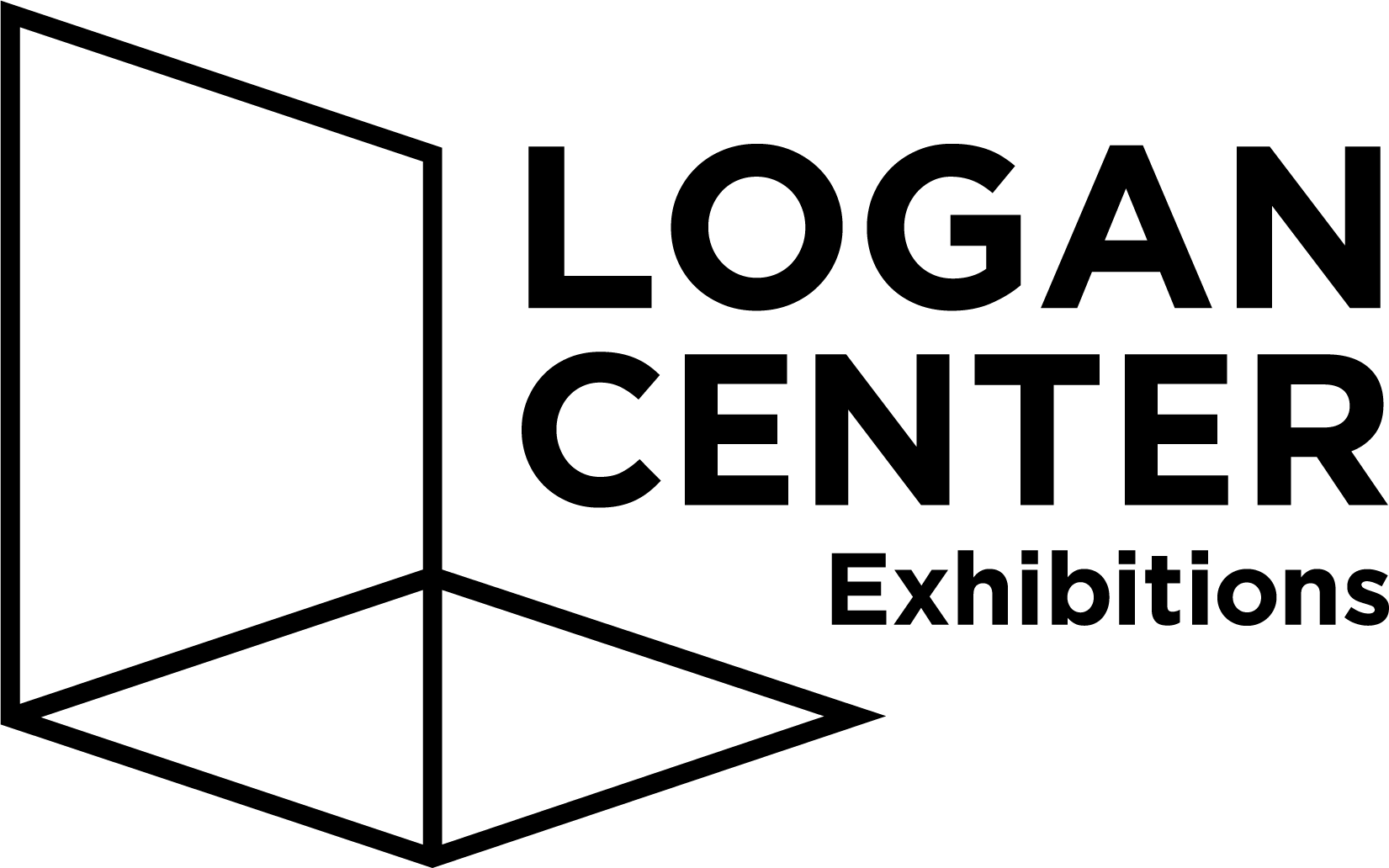MFA THESIS EXHIBITION | Funeral for Ortolan
April 11 - May 9, 2014
For:
Tucker Rae-Grant—who devises better rituals;
dado—who is good at making problems;
Danny Volk—who is here to help you;
Jinn Bronwen Lee—who makes in order to see;
Ramyar Vala—who created a place to sit and contemplate.
As exhibition titles go, Funeral for Ortolan tugs the heartstrings, and it’s a tight metaphor. A petite bird of 21 grams, Ortolan is endangered and an opulent appetizer. Trapped in a small cage, in darkness, the Ortolan blindly overeats until it is fattened, then is drowned in brandy and baked whole and eaten whole. Omnivore Anthony Bourdain described eating the French dish thusly: “I bring my molars down and through my bird’s rib cage with a wet crunch and am rewarded with a scalding hot rush of burning fat and guts down my throat.” And then: “As I swallow, I draw in the head and beak, which, until now, have been hanging from my lips, and blithely crush the skull.” Ortolan is famously eaten beneath the secrecy of a napkin placed over one’s head. The grotesque ritual punctuates whatever a flying bird signifies.
The Ortolan makes for an incisive mascot, but the exhibition smells of another French invention: Structuralism. This sociological philosophy, turned into a practice, drives the five artists’ work in the show, packed into the U of C’s art school and the Logan’s gallery as cozy as a bird in a box that’s stimulated till it’s ready to burst. Structuralism, although many times decluttered, has been adapted as a working method by these artists. The five-artist reprise of Structuralism is characterized by their mapping of parameters, their construction of contraptions, their setting into motion of systems, and seeing how they produce, exhaust, solve, or evolve. The potent rituals of art education and group exhibitions are preparatory acts that flourish in hermetically sealed conditions in order to manufacture new symbols and symbol systems. Present are these qualities in the group work, even if each artist’s destination remains individual.
But, as much as Structuralism is a world-making procedure, artists tend to make problems. It’s why we need them—to build better problems. Indeed, a system is a perfect place for things to get rattled. Funeral for Ortolan is full of productive problems, uneasy solutions, and challenges to routine behaviors. The artists have written their recipes to grow your own paradoxes and devour them.
From,
Jason Foumberg
June, 2014
Jason Foumberg is Chicago Magazine’s art critic, and associate editor at Newcity. He writes about contemporary Chicago art for Frieze, Artforum.com, Photograph, Art Papers, and Art in America. Jason has a BA in the History of Art and Architecture from the University of California, Santa Barbara (2004), and an MA in Modern Art History, Theory, and Criticism from the School of the Art Institute of Chicago (2006).
-
EXHIBITION
April 11 – May 9, 2014
RECEPTION
Saturday, April 12, 2014 at 6pm
Funeral for Ortolan features works by DADO, DANNY VOLK, TUCKER RAE-GRANT, JINN BRONWEN LEE, AND RAMYAR VALA.
Workshop Performances of little match girl passion
Saturday & Sunday, May 3 and 4, 2014 at 8pm
Directed by dado and presented with support from the Art|Science Initiative at the University of Chicago and the Reva and David Logan Center for the Arts.
Funeral for Ortolan is the first of two 2014 Department of Visual Arts Master of Fine Arts Thesis exhibitions. The works of these artists encompass a wide array of artistic positions while sharing a keen engagement in contemporary culture and history.
-
Focused on making, the Department of Visual Arts is one of the many specialized knowledge communities at the University of Chicago, one of the world’s great research institutions. We aim to stimulate and provoke both graduate and undergraduate students, encouraging the development of independent and challenging thought as expressed and inscribed in the visual arts. We propose that art is inquiry. Our faculty, diverse in its pursuits, is critically engaged in dialogue nationally and internationally. Our students benefit from this dialogue, and are also encouraged to pursue areas of overlap with the many other disciplines represented at the university – history, art history, philosophy, science, aesthetics, theater, music, and creative writing to name a few.
For more about the Department of Visual Arts at The University of Chicago please visit: dova.uchicago.edu
For those interested in the MFA program at The University of Chicago please contact: Alison LaTendresse, Associate Director of Programs and Student Affairs in the Department Visual Arts at: alatendr@uchicago.edu













